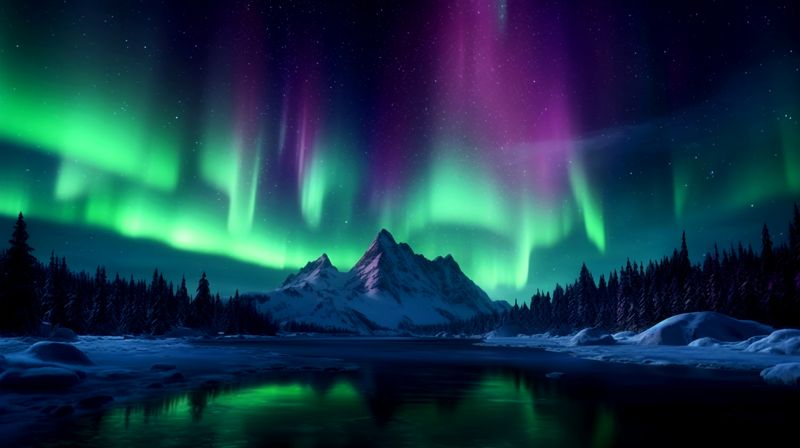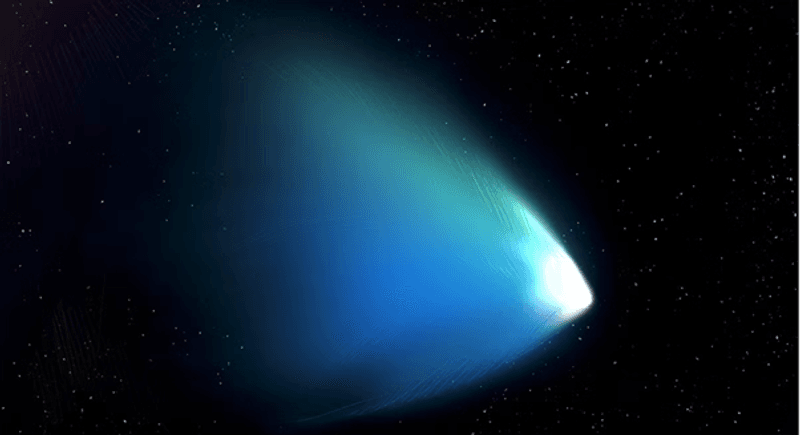The Sun is currently experiencing its solar maximum and we have seen its effects across the months with intense solar flares, extreme geomagnetic storms, and auroral displays at lower latitudes than usual. This week is clearly not an exception – an eruption of plasma, known as a coronal mass ejection (CME), has been released from the Sun and it will hit our planet today, with a warning issued for a severe solar storm.
The sunspot region 3936 – possibly involved in the extremely rare coronal mass ejection of two weeks ago – is very active. In the last few days, it has released two powerful X-class flares (X1.1 and X1.5) and a score of lesser M-flares. There have been more powerful flares this year, but we should not dismiss these two. A third flare released by the sunspot region 3932 was also X-1.1 class. This caused temporary radio blackouts to the sun-facing side of the Earth, mostly in the southern hemisphere.
The first flare from 3936 is the one relevant to the solar storm warning, as it was associated with a CME that is coming straight at Earth, with the bulk expected to arrive today. The other two had CMEs that will miss our planet.
In the US, northern lights might be visible as far south as Iowa low on the northern horizon. In Europe, they might be visible across all of Scandinavia and most of the United Kingdom. The peak is currently expected in the morning of December 31 for Europe, as that’s when they’ll reach the southernmost point – not that people would see them during the day.
Still, the peak prediction might be slightly off, so it’s worth checking the most accurate forecast, which is available just 30 minutes before the actual CME arrives. In the southern hemisphere, the lights should be visible all the way to mainland Australia and it will be night there when the peak is currently forecast to happen.
If you are in one of those lucky regions, find a spot with a clear northern horizon and let your eyes adjust to the darkness. You can also use your phone (keep the brightness to a minimum) to take a long exposure that can allow you to spot the aurorae in areas where light pollution might dilute their visibility.



![A dense cluster of bright stars, each with six large and two small diffraction spikes, due to the telescope’s optics. They have a variety of sizes depending on their brightness and distance from us in the cluster, and different colours reflecting different types of star. Patches of billowing red gas can be seen in and around the cluster, lit up by the stars. Small stars in the cluster blend into a background of distant stars and galaxies on black.]](jpg/glittering-m.jpg)

